Lesson Plan and Course Module Formatter - Educational Content Formatting
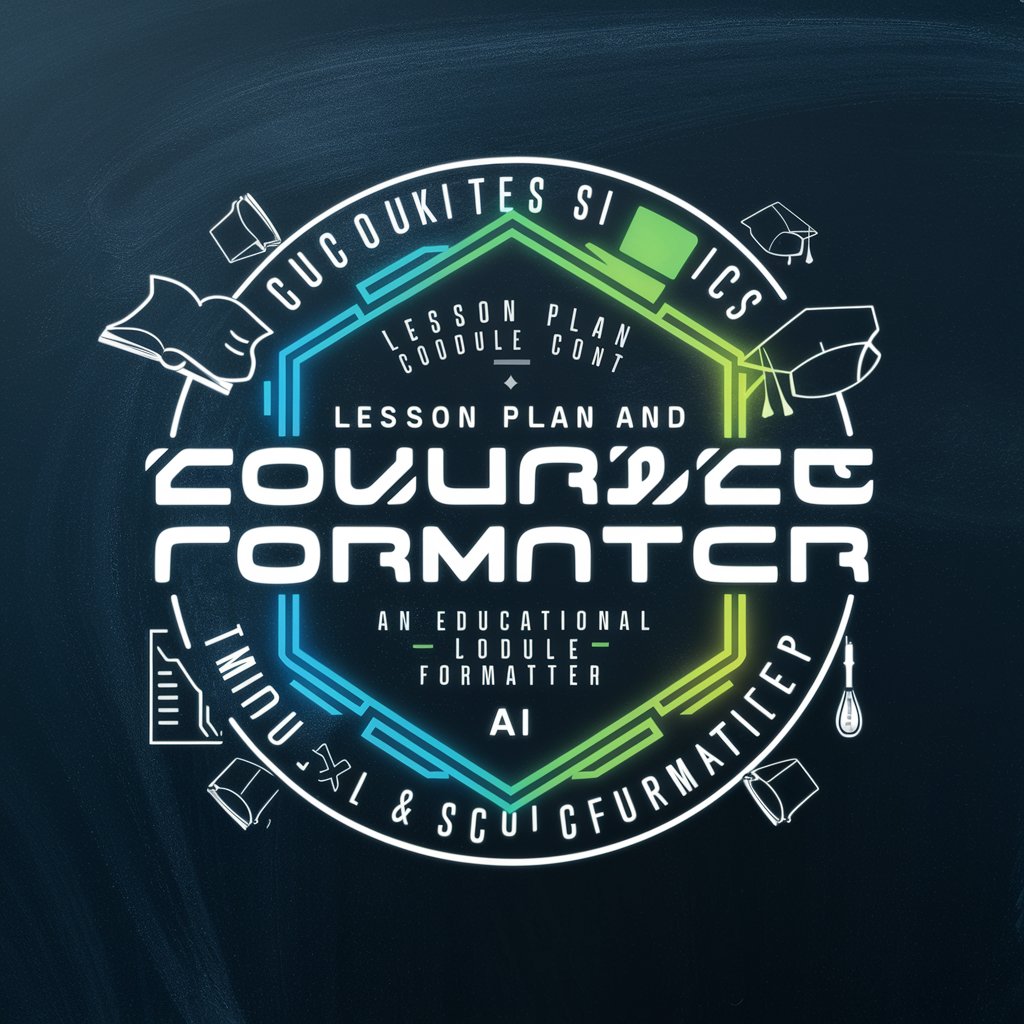
Welcome! Let's create some engaging lesson plans together.
Transforming Raw Content into Engaging Lessons
Create a comprehensive lesson plan for middle school students on...
Design an engaging course module for high school students about...
Outline a step-by-step activity for teaching...
Develop a series of interactive lessons on...
Get Embed Code
Overview of Lesson Plan and Course Module Formatter
The Lesson Plan and Course Module Formatter is a specialized tool designed to transform raw educational content into structured, engaging, and interactive lesson modules. Aimed at facilitating middle and high school education, it organizes content into distinct sections such as Module and Lesson Number and Title, Lesson Introduction, Lesson Outcomes, Lesson Activity, and Lesson Resources. This tool is crafted to assist educators in creating lesson plans that are not only informative but also engaging for students, incorporating design thinking and reflective questions to enhance learning experiences. For example, an educator with raw content on the topic of 'Photosynthesis' can use this tool to format it into a lesson plan that begins with an engaging introduction to photosynthesis, outlines the learning outcomes, details an interactive activity involving plant leaves and sunlight, and concludes with resources for further exploration. Powered by ChatGPT-4o。

Core Functions and Real-World Applications
Module and Lesson Structuring
Example
Transforming a basic outline on 'The Civil War' into Module 5: The Civil War, complete with lesson titles and a coherent structure.
Scenario
An educator has a semester's worth of history outlines needing conversion into detailed, module-based lesson plans for an online learning platform.
Engaging Introduction Creation
Example
Crafting an introduction for a lesson on 'Algebraic Expressions' that hooks students by relating algebra to real-world problems like calculating discounts.
Scenario
A math teacher seeks to make algebra more appealing to students by beginning each lesson with real-life applications.
Outcome-Focused Content Development
Example
Outlining clear learning outcomes for a lesson on 'Ecosystem Dynamics', such as understanding food chains, the role of decomposers, and energy transfer.
Scenario
A science educator wants to ensure students grasp key ecological concepts and their real-world implications by the end of the lesson.
Interactive Lesson Activity Design
Example
Designing a step-by-step experiment for students to test the effects of sunlight on plant growth, including observation sheets and reflection questions.
Scenario
To enhance understanding of photosynthesis, a teacher needs an interactive, hands-on activity that encourages students to observe, predict, and conclude.
Supplemental Resource Compilation
Example
Compiling a list of websites, videos, and articles on 'Renewable Energy Sources' for further student exploration.
Scenario
An environmental science teacher looks for diverse resources to support a module on renewable energy, catering to different learning styles.
Target User Groups
Educators
Teachers and educators seeking to create structured, engaging lesson plans for middle and high school students. This tool aids in the efficient organization of content, ensuring lessons are both informative and captivating.
Curriculum Developers
Professionals involved in curriculum design for schools or online educational platforms. They benefit from streamlined lesson formatting, aligning with educational standards and interactive learning principles.
Homeschooling Parents
Parents educating their children at home who require structured lesson plans. This tool helps them craft comprehensive, engaging educational content that meets curriculum standards.
E-Learning Content Creators
Individuals or companies creating content for e-learning platforms. They use this tool to format courses into interactive, engaging modules that enhance online learning experiences.

How to Use Lesson Plan and Course Module Formatter
Start Your Journey
Head over to yeschat.ai for a hassle-free trial, requiring no login or ChatGPT Plus subscription.
Define Your Needs
Identify the specific subject matter and grade level you're targeting. This clarity helps in tailoring the content effectively.
Input Raw Content
Enter your raw educational content or lesson notes into the platform. Be as detailed as possible to ensure comprehensive lesson modules.
Customize the Format
Use the formatting tools to structure your lesson into the provided sections, such as Introduction, Lesson Activity, and Resources.
Review and Adjust
After formatting, review the content for clarity, engagement, and adherence to educational standards. Adjust as necessary for optimal student understanding.
Try other advanced and practical GPTs
Web Wizard
Empower Your Web Journey with AI

Reply Helper for Spanish Course
Master Spanish with AI-driven guidance
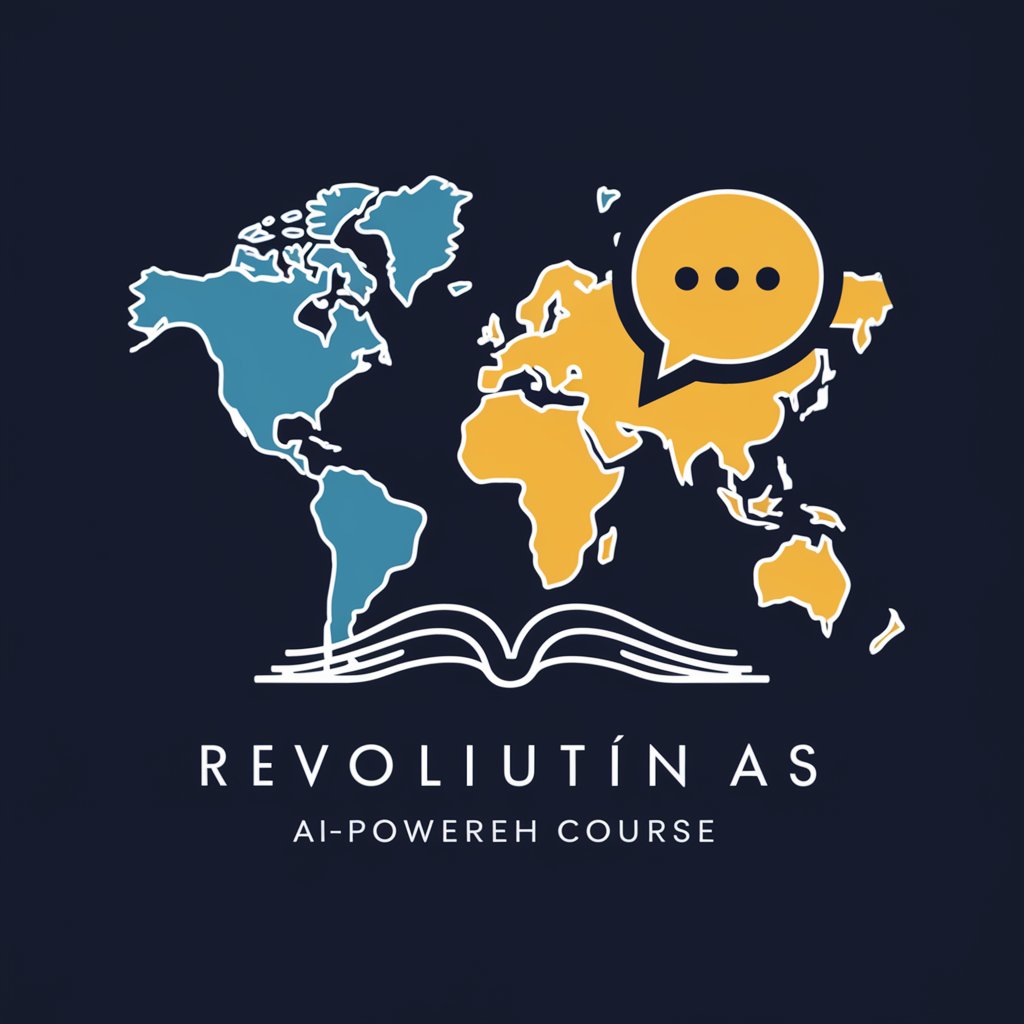
Healthcare AI Course Companion
Empowering Healthcare AI Education

Course Crafter
Empowering Education with AI

Course generator
Empowering Educators with AI-Driven Course Design
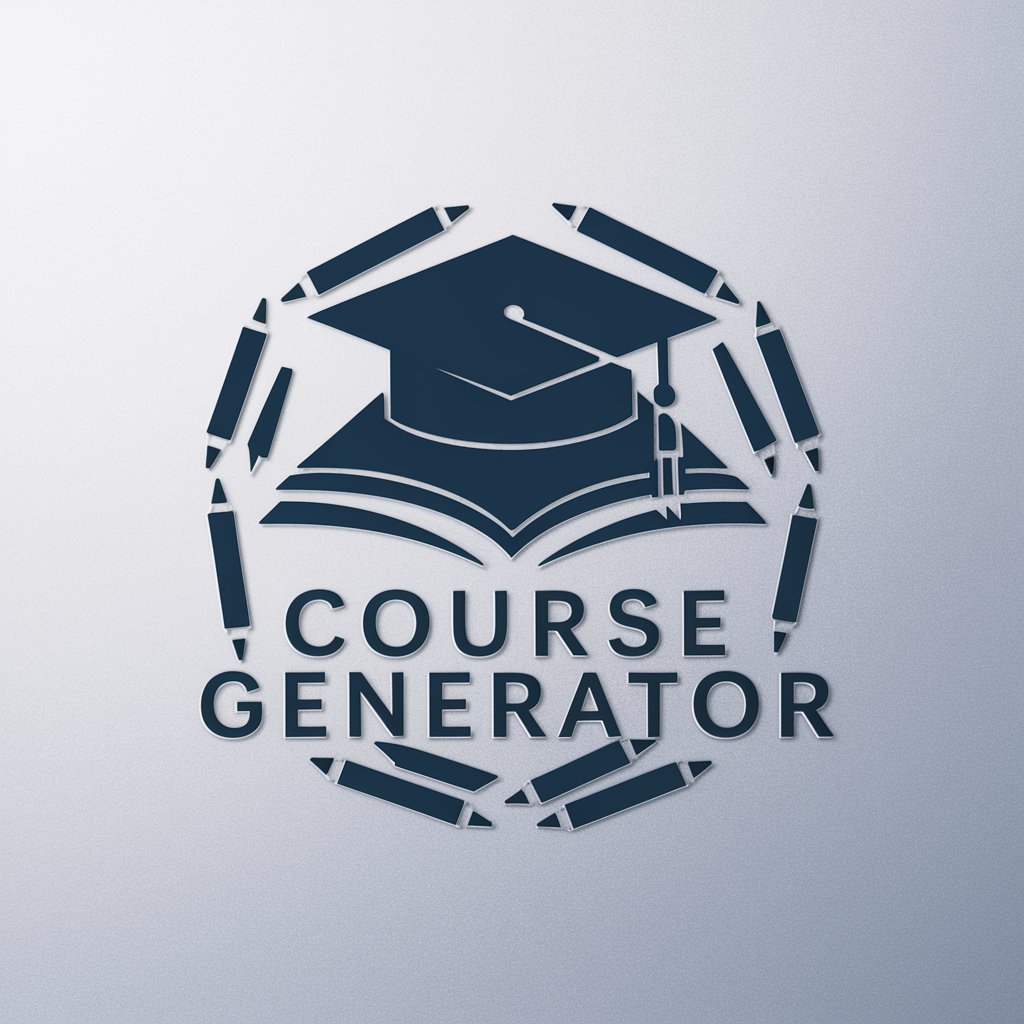
Daniel (Online)
Empower your child's journey with AI

Jay Wright
AI-powered e-commerce and advertising wizardry

Achieve Class Leap
Empowering Your Financial Journey with AI

Marketing Planner
Empowering Your Marketing with AI

The Marketer
Elevate Your Marketing with AI-Powered Strategies

SmallBiz Schedule & Marketing Assistant
Elevating Small Businesses with AI-Powered Marketing
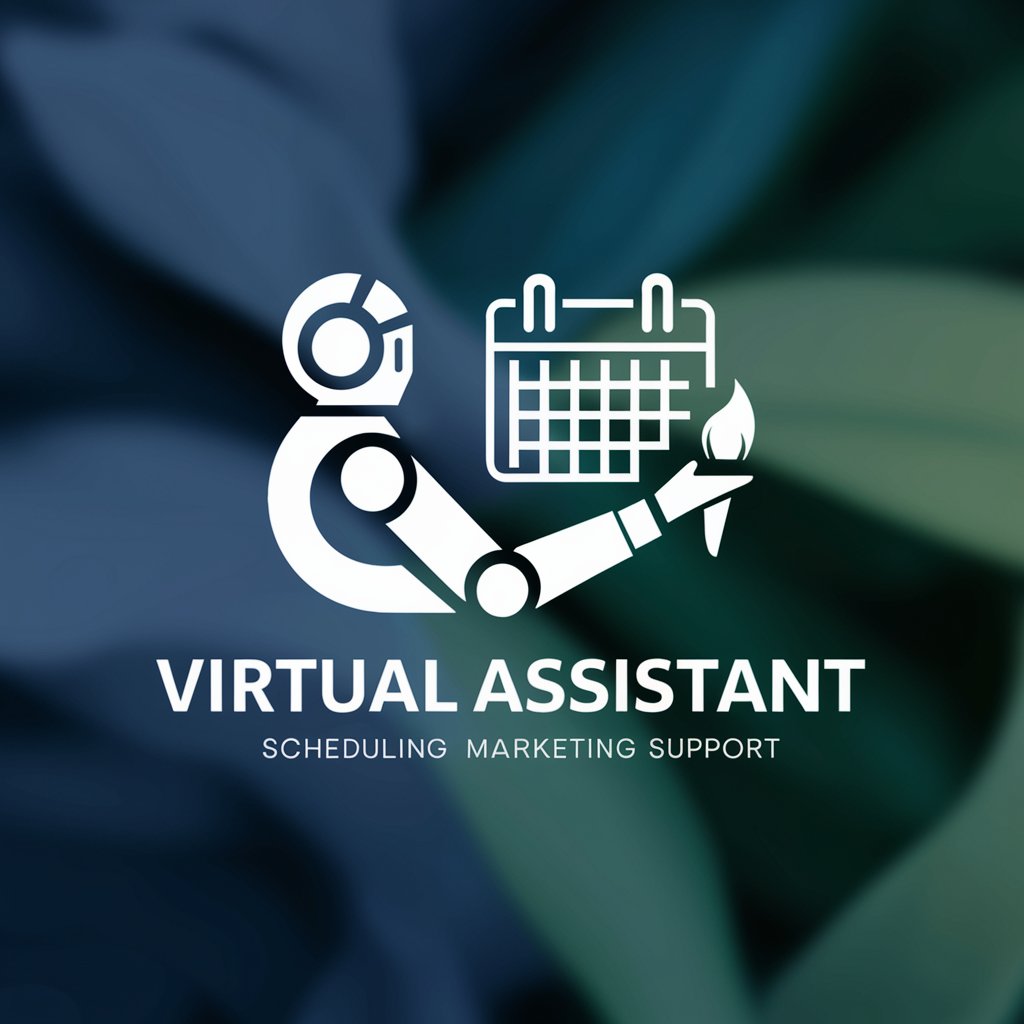
myJeenie Marketing Bot
Elevate Your Marketing with AI
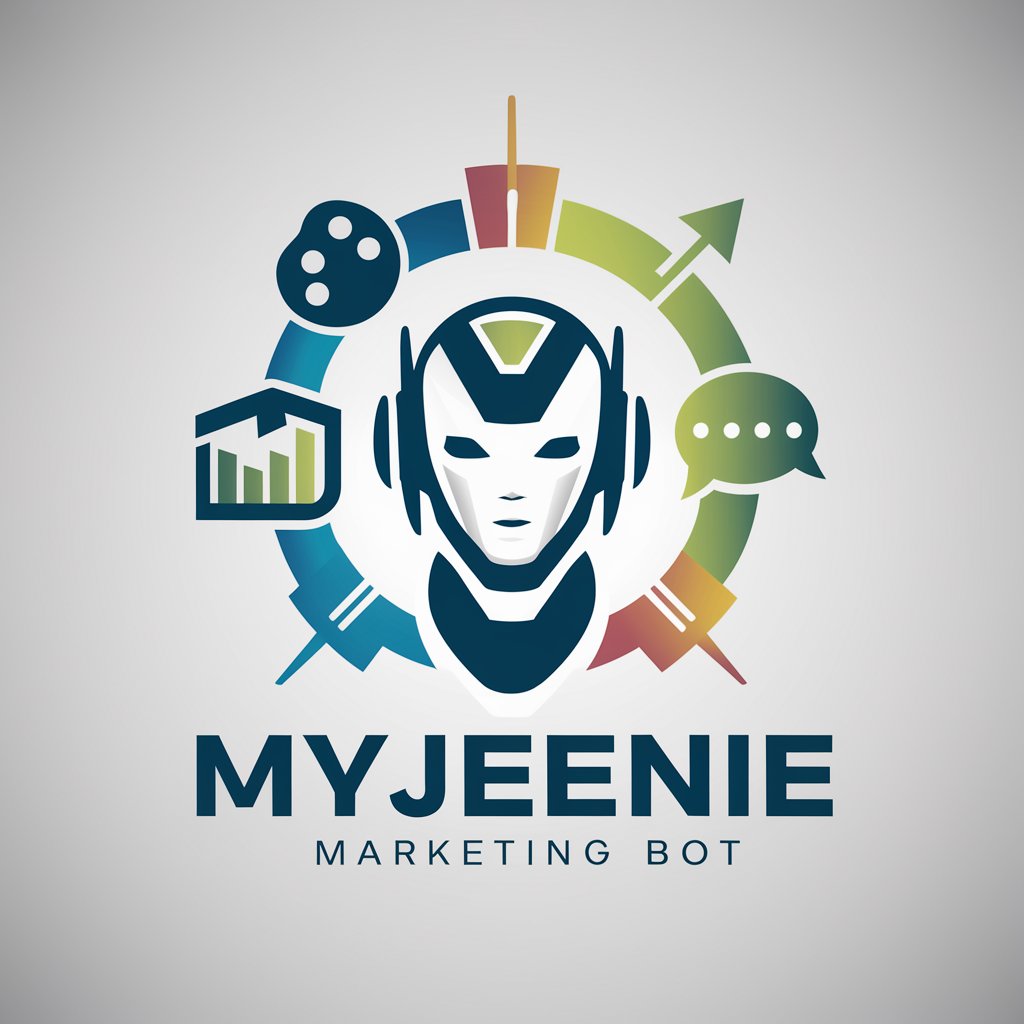
Frequently Asked Questions About Lesson Plan and Course Module Formatter
What makes this tool unique from other educational content formatters?
Unlike generic content formatters, this tool is specifically designed for educational content, incorporating pedagogical best practices into its formatting guidelines to engage middle and high school students effectively.
Can I use this tool for subjects outside of the common core?
Absolutely. The tool is versatile and can be adapted for a wide range of subjects, including electives and specialized courses, by customizing the content to fit the specific needs of any subject matter.
Is there support for collaborative lesson planning?
Yes, the platform supports collaboration, allowing multiple educators to contribute to and refine lesson plans, fostering a more dynamic and comprehensive educational experience.
How does the tool accommodate different learning styles?
The formatter encourages the inclusion of diverse activities and resources, catering to a variety of learning styles, such as visual, auditory, and kinesthetic learning preferences.
Are there any resources for tracking student progress?
While the tool focuses on lesson and course module formatting, it suggests incorporating external tools and platforms that specialize in tracking student progress and performance for a holistic educational approach.
